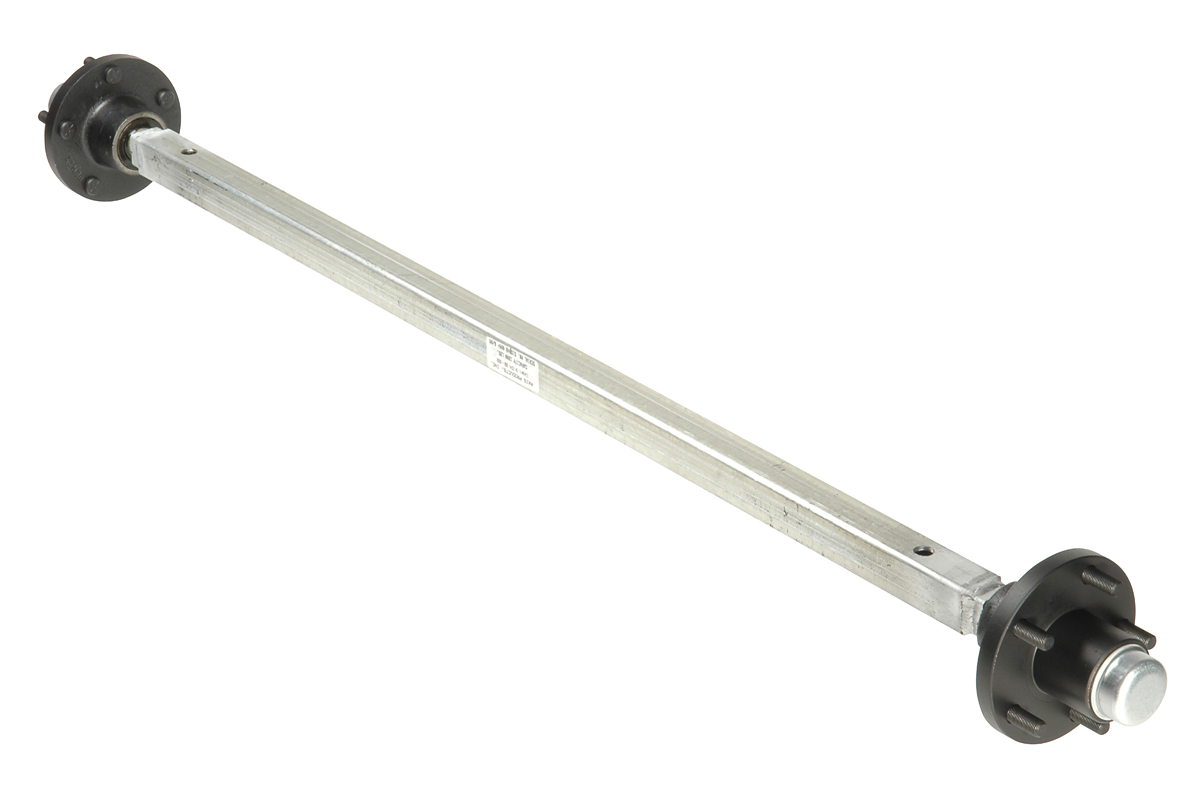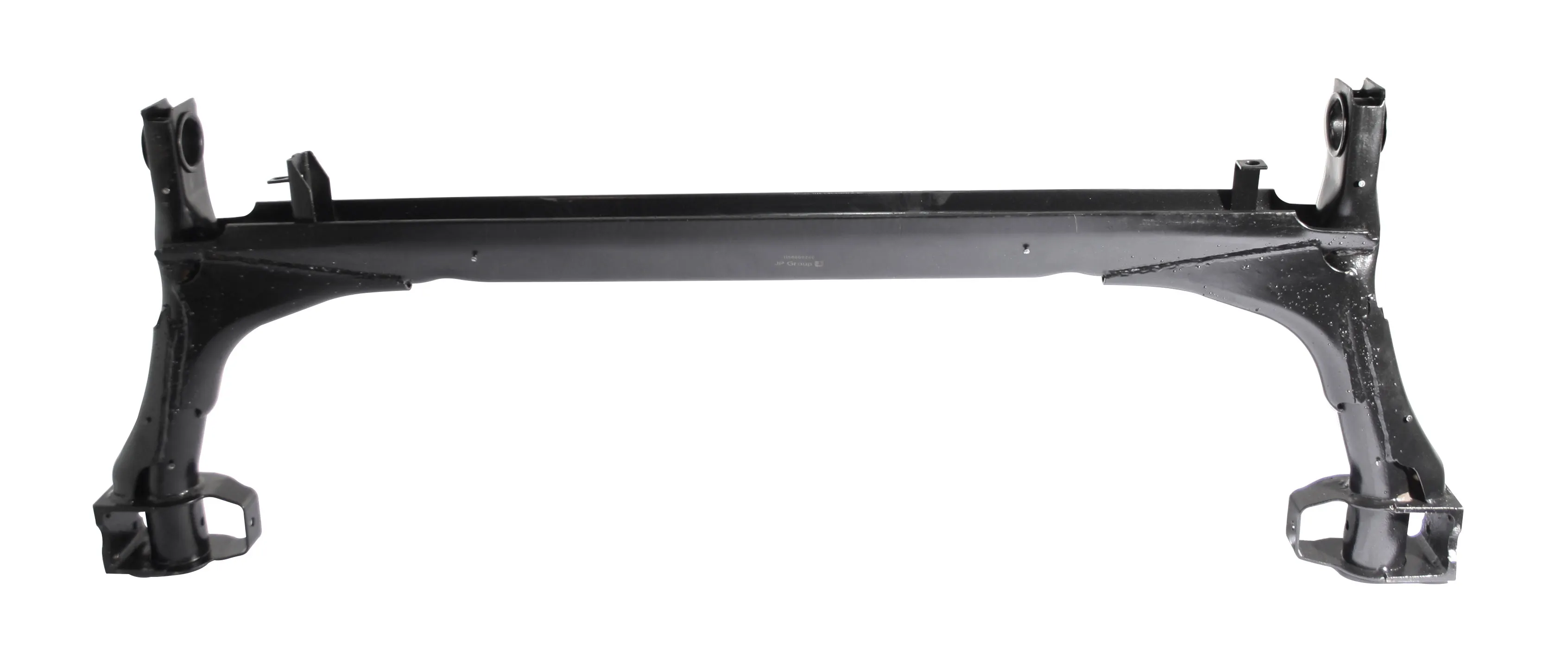
Can you provide examples of classic and vintage vehicles that use beam axles?
Classic and vintage vehicles often featured beam axles in their suspension systems. These axles were widely used in the past and can still be found in iconic automobiles. Here are some examples of classic and vintage vehicles that used beam axles:
1. Ford Model T (1908-1927):
The Ford Model T, also known as the “Tin Lizzie,” is a classic example of an early automobile that used a beam axle. It was one of the first mass-produced cars and played a significant role in making automobiles accessible to the masses. The Model T’s simple and robust suspension design included a beam axle.
2. Willys Jeep (1941-1986):
The Willys Jeep, originally designed for military use during World War II, became an iconic vehicle with civilian versions. Jeeps are known for their off-road capabilities, and many early models featured beam axles in both the front and rear suspensions.
3. Volkswagen Beetle (1938-2003):
The Volkswagen Beetle, often called the “Bug,” is one of the most recognizable and beloved classic cars. Many early models, including the original air-cooled Beetles, used beam axles in the rear suspension. The suspension design contributed to the Beetle’s simple and reliable characteristics.
4. Chevrolet Advance Design Trucks (1947-1955):
Chevrolet’s Advance Design trucks, also known as the “Task Force” trucks, featured beam axles in their suspensions. These trucks were popular for both commercial and civilian use and are considered classic American pickups.
5. Citroën 2CV (1948-1990):
The Citroën 2CV, also known as the “Deux Chevaux,” is a classic French car known for its unconventional design. The 2CV’s suspension included a beam axle in the rear, which contributed to its ability to handle rough roads and challenging conditions.
6. Land Rover Series (1948-1985):
The Land Rover Series, especially the early models, featured beam axles in their suspension systems. Land Rovers are renowned for their off-road capabilities and are often associated with exploration and adventure.
7. Dodge Power Wagon (1945-present):
The Dodge Power Wagon is a classic American pickup truck with a history dating back to World War II. Early models of the Power Wagon used beam axles in the front and rear suspensions, making them capable off-road and workhorse vehicles.
8. Morris Minor (1948-1971):
The Morris Minor is a classic British car with a reputation for practicality and reliability. Many early models of the Morris Minor featured beam axles in their suspensions, contributing to the car’s durability.
Summary:
Classic and vintage vehicles from different parts of the world used beam axles in their suspension systems. These examples showcase the historical significance and enduring appeal of cars and trucks with beam axles, which were celebrated for their simplicity and durability.

Can you explain the impact of beam axles on a vehicle’s ground clearance?
The choice of suspension, including beam axles, can have a significant impact on a vehicle’s ground clearance, which is the distance between the lowest point of the vehicle and the ground. Here’s how beam axles can affect ground clearance:
1. Beam Axles and Ground Clearance:
Beam axles are known for their simplicity and durability, making them a common choice in certain vehicle types. Here’s how they influence ground clearance:
- Raised Chassis: Vehicles equipped with beam axles tend to have a raised chassis because the axle itself, along with its components, is located below the vehicle’s frame. This design provides a good amount of ground clearance, especially in off-road and heavy-duty vehicles.
- Consistent Clearance: Beam axles maintain a relatively consistent ground clearance across the width of the vehicle. This even clearance can be advantageous when traversing uneven terrain, as all wheels have similar clearance levels.
2. Impact on Off-Roading:
Beam axles are favored in off-road vehicles and 4x4s because they offer several advantages for tackling rough terrain:
- Improved Articulation: Beam axles provide excellent wheel articulation, allowing the wheels to move independently, which can keep the tires in contact with the ground even on uneven surfaces.
- Enhanced Durability: Off-road vehicles need to withstand impacts, rocks, and obstacles. Beam axles are less prone to damage in these conditions, contributing to a higher ground clearance.
- Adaptability: Off-road enthusiasts often modify their vehicles with suspension lifts to further increase ground clearance when using beam axles, enabling them to conquer more challenging trails.
3. Passenger Cars and Beam Axles:
Beam axles are less common in passenger cars, where independent suspension systems are preferred for better ride comfort and handling on paved roads. However, some classic and vintage cars may feature beam axles in the rear suspension, affecting their ground clearance and ride characteristics.
4. Balancing Act:
When designing vehicles with beam axles, engineers aim to strike a balance between ground clearance, stability, and load-bearing capacity. The height of the axle, suspension components, and tire size all contribute to the final ground clearance measurement.
Summary:
Beam axles can provide vehicles with good ground clearance, especially in off-road and heavy-duty applications. Their ability to maintain even clearance and handle uneven terrain makes them a practical choice for specific vehicle types. However, the impact of beam axles on ground clearance varies depending on the vehicle’s design, intended use, and modifications made by enthusiasts.

Are beam axles still used in modern vehicles, and if so, in which ones?
Beam axles are still used in some modern vehicles, primarily in specific applications and vehicle types where their design benefits are advantageous. Here are instances in which beam axles are still employed in modern vehicles:
- 1. Heavy-Duty Trucks: Beam axles are commonly found in heavy-duty trucks and commercial vehicles. Their robust construction and load-bearing capacity make them suitable for applications where durability and weight-carrying capabilities are crucial.
- 2. Off-Road and 4×4 Vehicles: Off-road and 4×4 vehicles often use beam axles, especially for the rear axle. Beam axles provide excellent articulation and durability in rugged terrain, which is essential for off-road performance.
- 3. Utility and Work Vehicles: Some utility and work vehicles, such as delivery vans, box trucks, and industrial vehicles, use beam axles due to their ability to handle heavy loads and withstand frequent stops and starts.
- 4. Classic and Retro Vehicles: In the world of classic and retro cars, beam axles are retained for authenticity and historical accuracy in vehicle restoration or design. Some manufacturers offer modern vehicles with retro styling that includes beam axles for a classic look.
- 5. Specific Recreational Vehicles: Certain recreational vehicles, like RVs and camper trailers, may use beam axles for their durability and load-carrying capacity. These vehicles often require the ability to support the weight of living quarters or cargo.
It’s important to note that while beam axles are still used in these applications, they are less common in modern passenger cars and light-duty vehicles. Independent suspension systems have become the norm in these vehicles due to their benefits in terms of ride comfort, handling, and adaptability to diverse road conditions. The choice of suspension system depends on the intended use and design requirements of the vehicle.


editor by CX 2023-11-13